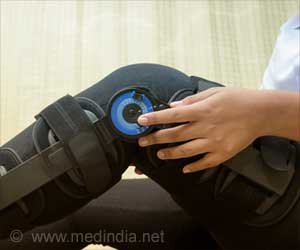Study says biomarkers for Alzheimer’s disease can accurately predict the onset of the condition years before the first symptoms appear.

The markers were studied in volunteers whose ages ranged from 45 to 88. On average, the data available on study participants spanned four years, with the longest recorded over 7.5 years.
The researchers found that all of the markers were equally good at identifying subjects who were likely to develop cognitive problems and at predicting how soon they would become noticeably impaired.
Next, the scientists paired the biomarkers data with demographic information, testing to see if sex, age, race, education and other factors could improve their predictions.
"Sex, age and race all helped to predict who would develop cognitive impairment," said Catherine Roe, PhD, research assistant professor of neurology.
"Older participants, men and African Americans were more likely to become cognitively impaired than those who were younger, female and Caucasian," she added.
"We can better predict future cognitive impairment when we combine biomarkers with patient characteristics. Knowing how accurate biomarkers are is important if we are going to some day be able to treat Alzheimer's before symptoms and slow or prevent the disease," she said.
The study, supported in part by the National Institute on Aging, appears in Neurology.
Source-ANI
 MEDINDIA
MEDINDIA




 Email
Email




